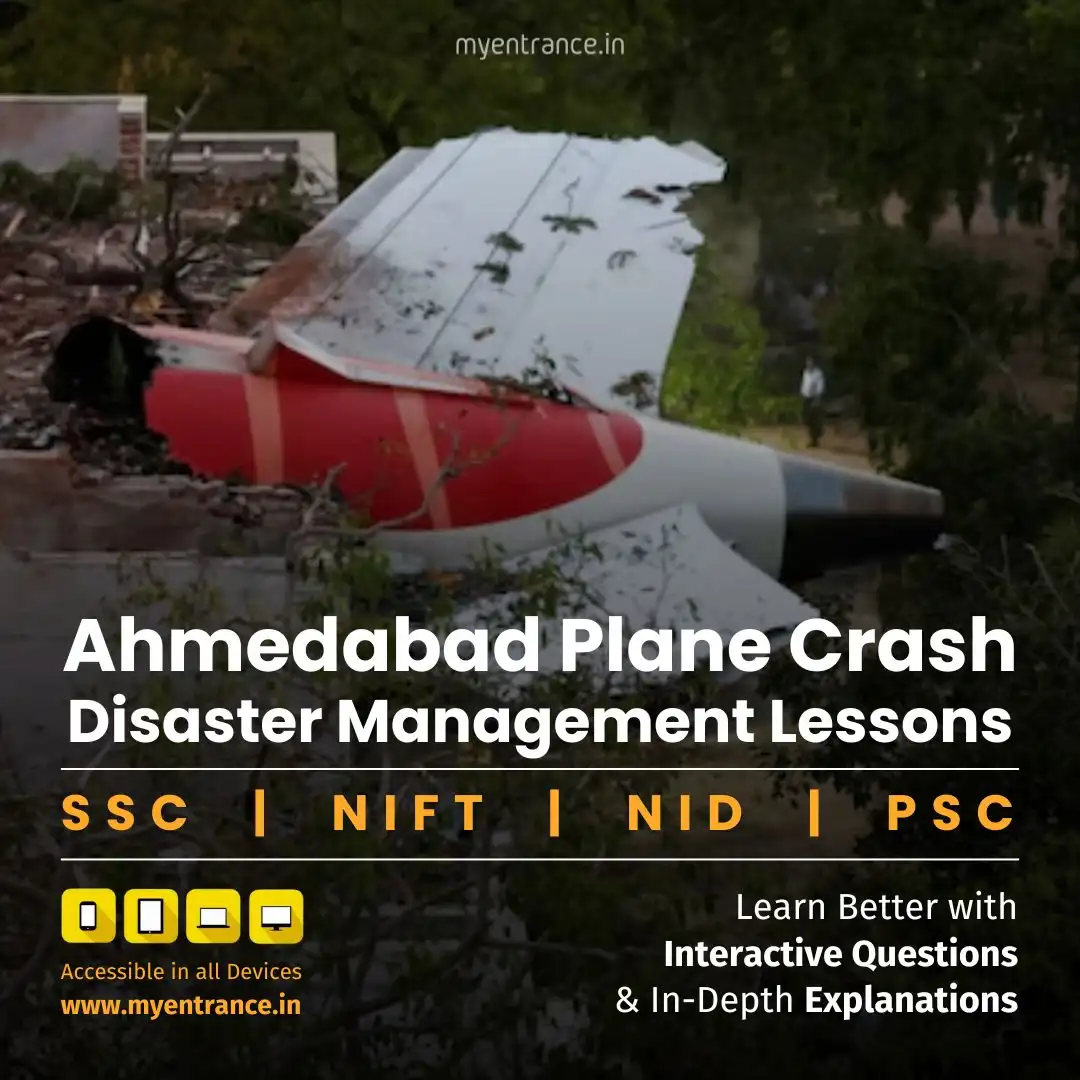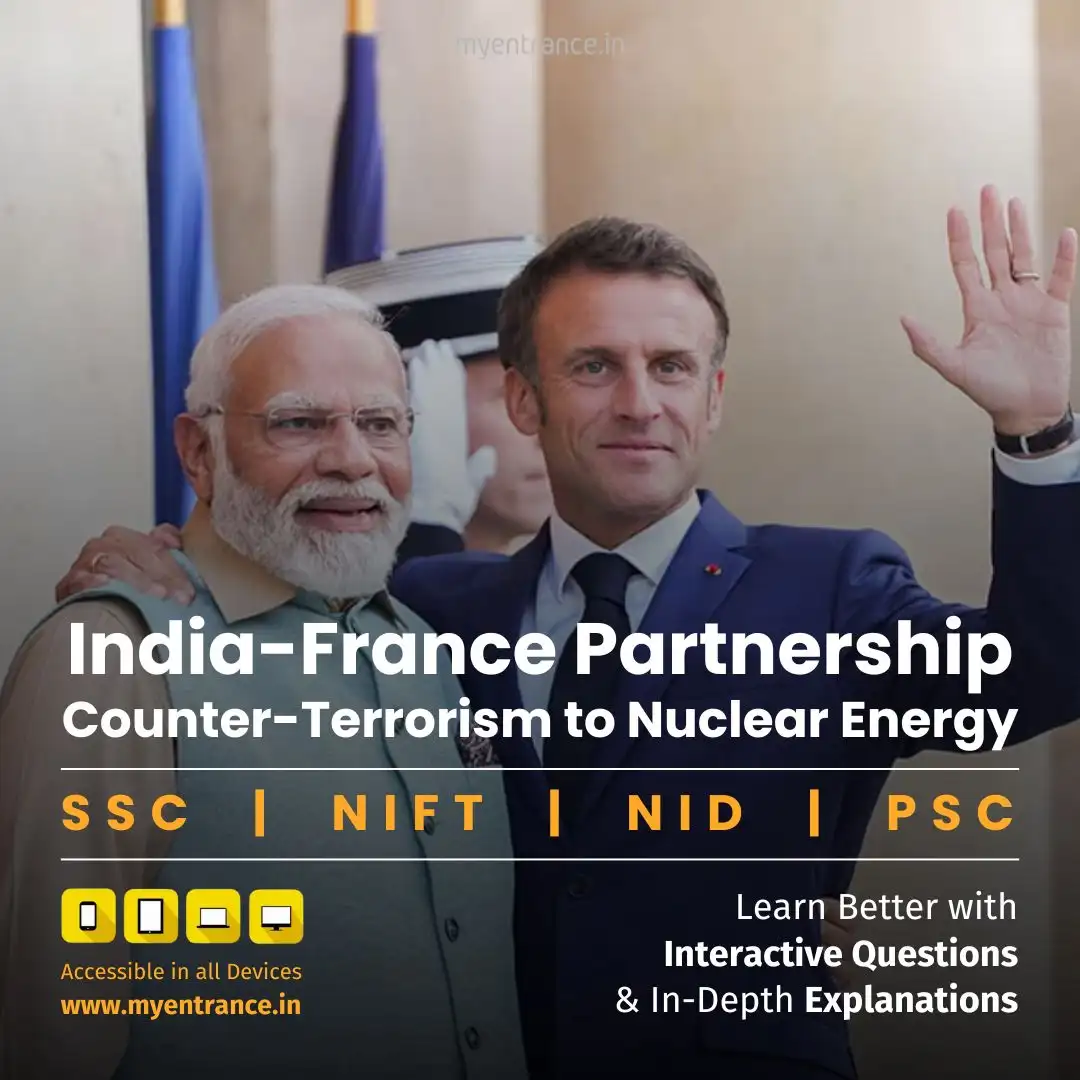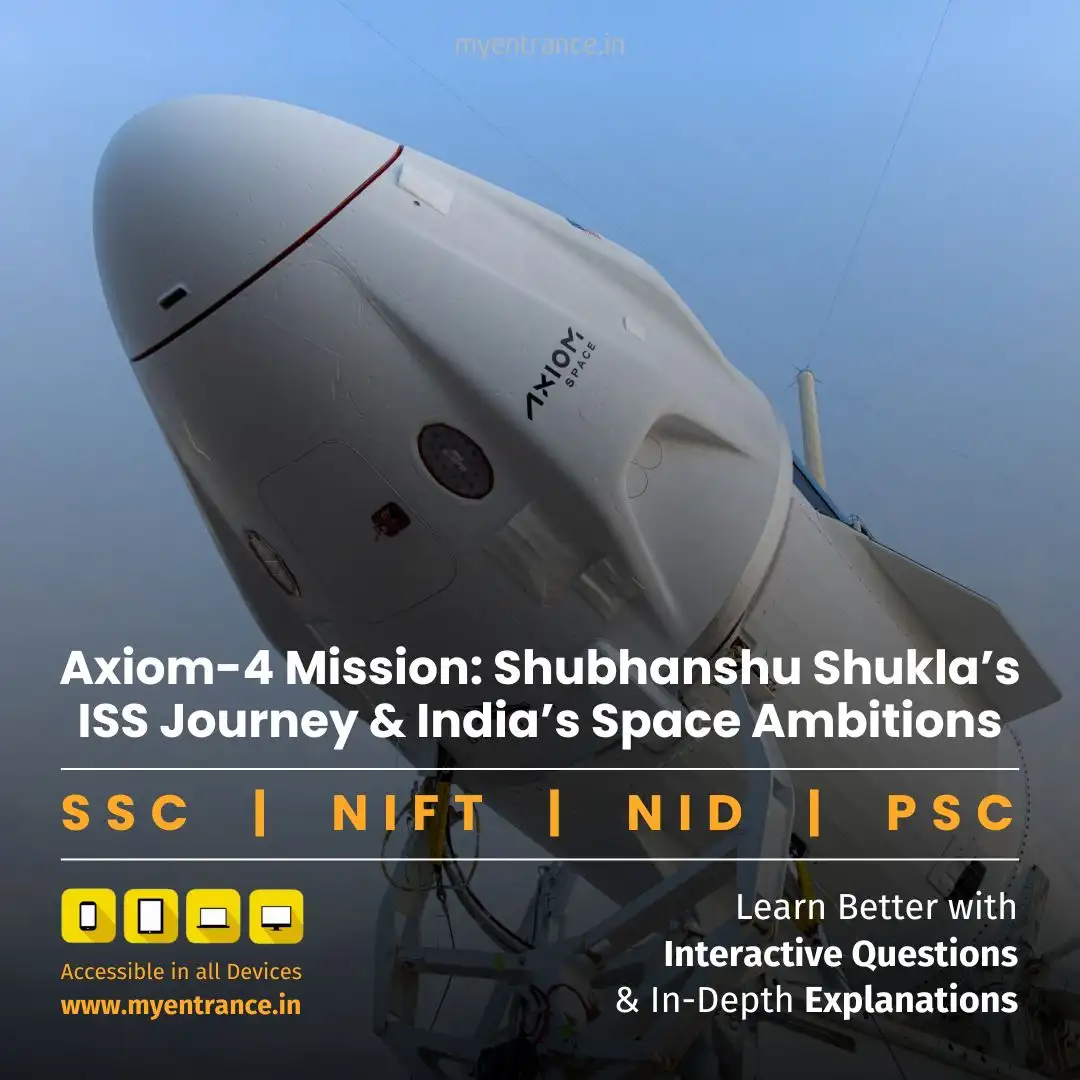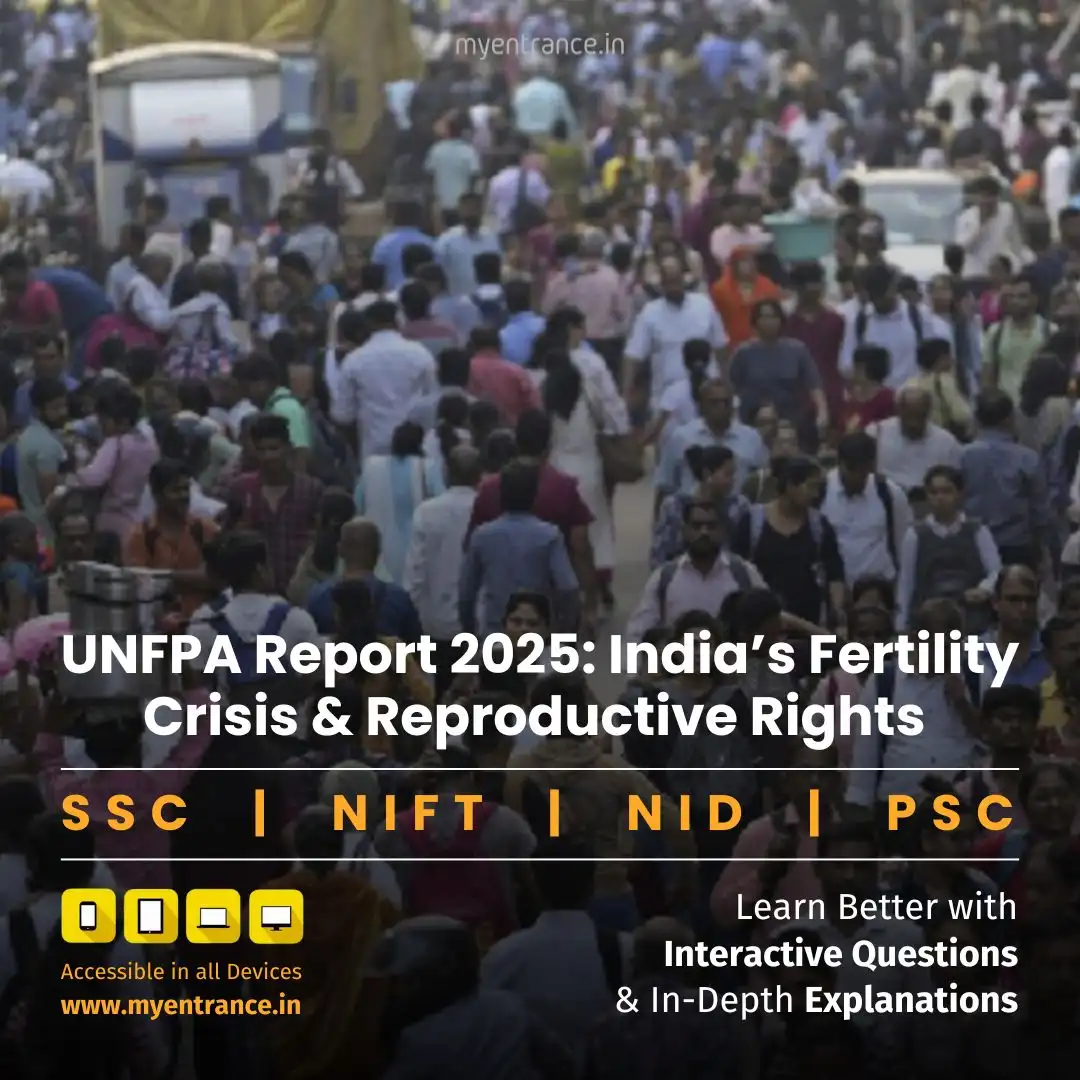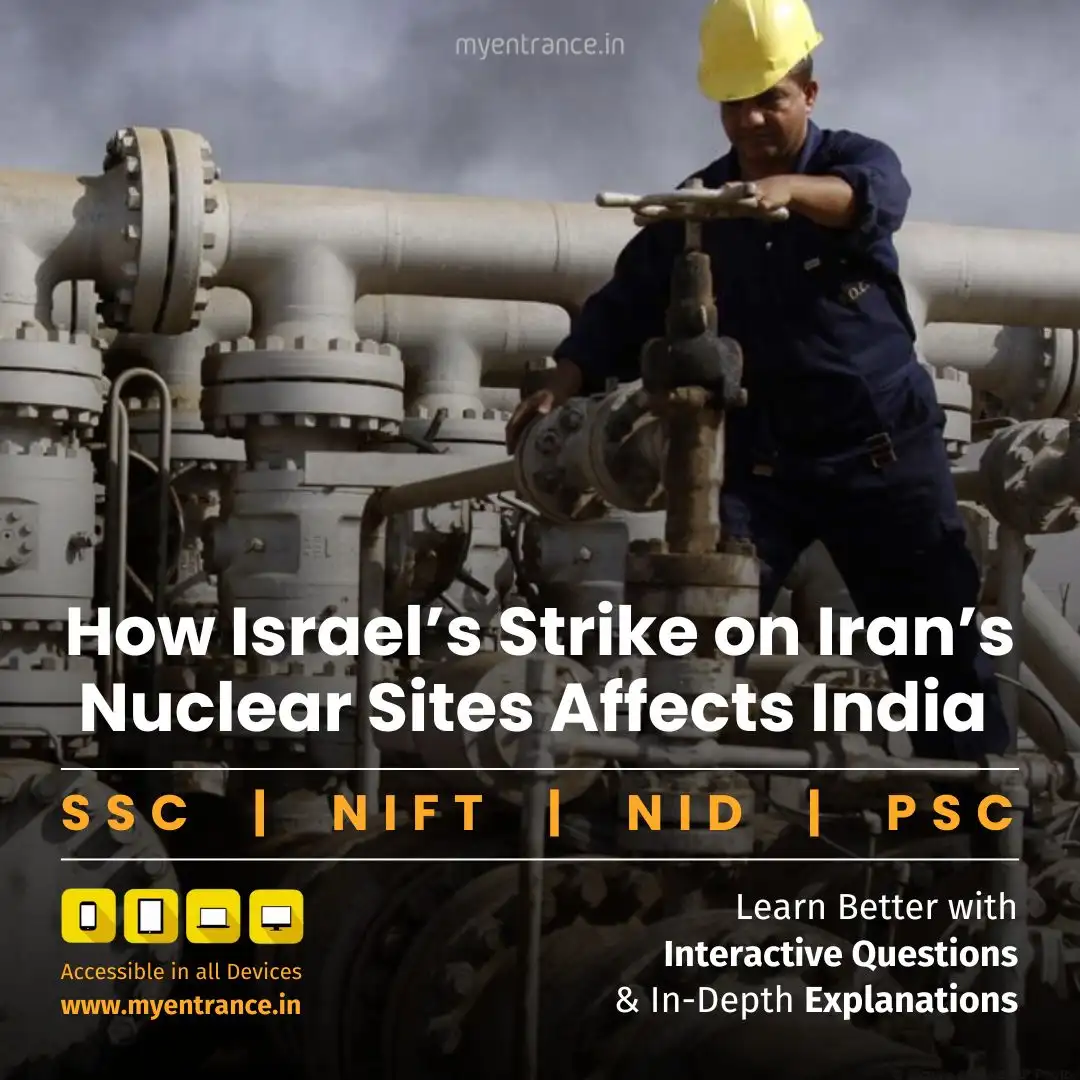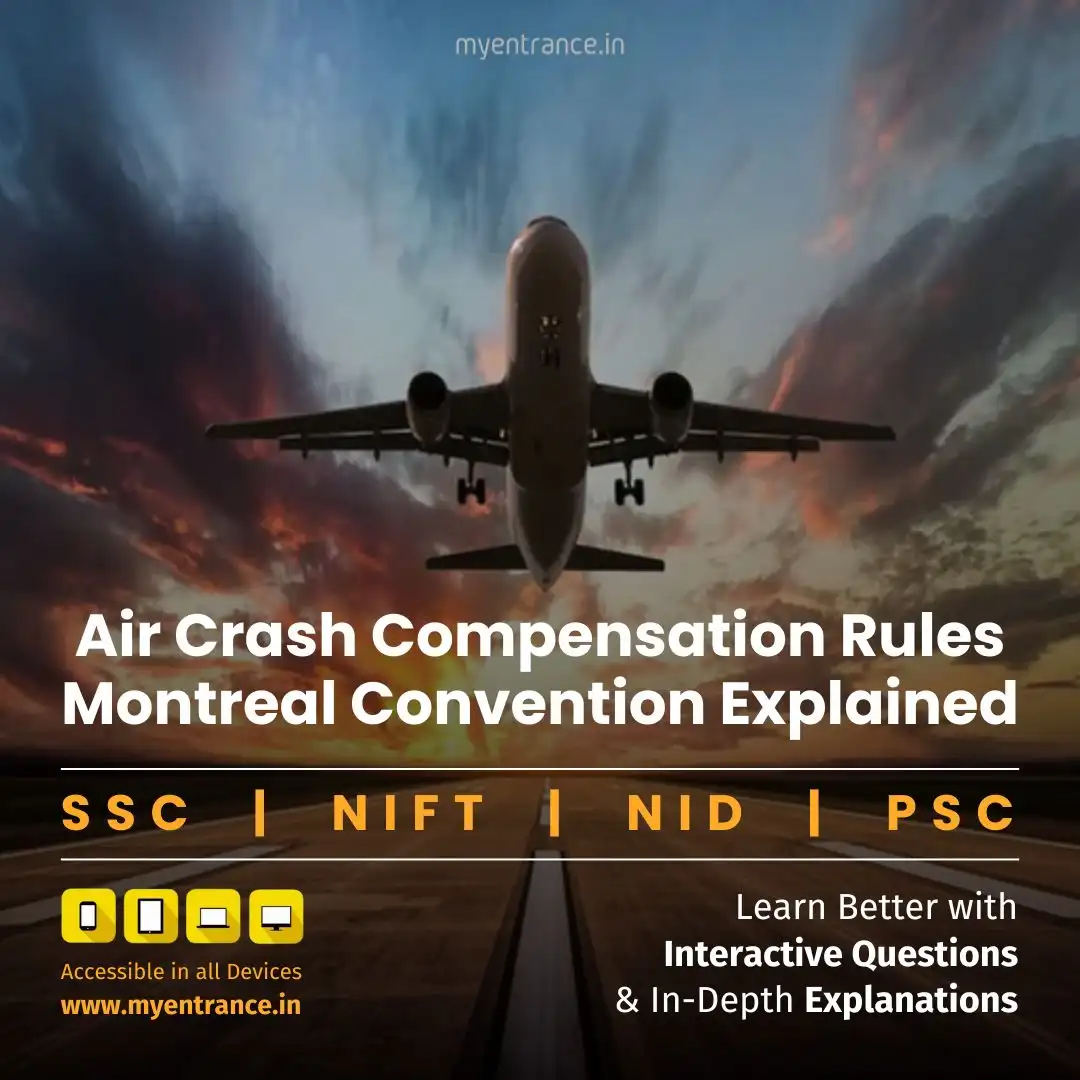Select Language
Ahmedabad Plane Crash: Disaster Management Lessons & Montreal Convention Explained
India’s aviation sector was shaken to its core by the Ahmedabad plane crash – the deadliest in decades. This tragedy demands urgent scrutiny of disaster response mechanisms and systemic accountability.
Key Analysis for UPSC GS III
1. Probable Causes & Immediate Response
Critical Failure Points: Early reports suggest engine malfunction or aerodynamic stall during takeoff – a phase where 20% of crashes occur.
NDRF’s Role: First responders secured the site, recovered black boxes, and coordinated victim identification with forensic teams.
Multi-Agency Probe: Joint investigation by DGCA, Boeing, FAA (US), and NTSB to eliminate bias.
2. Accountability & Compensation
Montreal Convention 1999:
Mandates airlines to pay up to 1.28 Crore INR per passenger (113,100 SDRs) regardless of fault.
Requires advance compensation of ₹20 Lakh within 15 days for families.
Criminal Liability: If negligence by Air India/DGCA/Boeing is proven, officials face imprisonment under Aircraft Act 1934.
3. Risk-Reduction Strategies
Preventive Measures:
AI-powered predictive maintenance for engines.
Mandatory simulator training for pilots on takeoff emergencies.
Post-Disaster Protocols:
Decentralized NDRF units near major airports.
Psychological first-aid teams for affected families.
4. Global Frameworks
ICAO’s Mandate: Sets global aviation standards; audits India’s DGCA every 5 years.
Black Box Evolution: Developed by Dr. David Warren (1953), now records 25+ flight parameters and cockpit voices for crash reconstruction.
5 Key Takeaways
Avoid Knee-Jerk Groundings (like 1990 A320 case) unless manufacturers issue advisories.
Safety ≠ One Accident: Judge airlines by accident rate (per million flights), not isolated incidents.
Transparent Probes must fix accountability – lax maintenance or training gaps can’t be ignored.
Fuel & Mechanics: Most commercial jets use Jet-A1 fuel; turbine failures often stem from FOD (Foreign Object Damage).
Drones & AI: Future investigations will use drone mapping and AI to analyze wreckage patterns within hours.
Sample Q&A for UPSC
Q: How does the Montreal Convention protect air crash victims’ families?
A: It guarantees automatic compensation (up to ₹1.28 Cr) without lengthy fault litigation.
Q: Critically examine NDRF’s role in aviation disasters.
A: NDRF leads rescue/body recovery but lacks specialized aviation training. Needs dedicated aeronautical units.
Q: What systemic reforms would prevent future Ahmedabad-like tragedies?
A: Mandatory real-time engine monitoring, stricter DGCA oversight, and NDRF-drone integration for rapid response.
Q: Why is the ‘black box’ crucial in crash investigations?
A: It records flight data/voice, revealing mechanical failures, pilot decisions, and ATC communications pre-crash.
Q: How does ICAO enforce global aviation safety?
A: Through SARPs (Standard Practices), universal audits, and tech-sharing – e.g., mandating fire-resistant black boxes post-1960.
Most Predicted Questions
Comprehensive study materials, Expert-guided tips & tricks, Mock tests and instant results.
Start your SSC, NIFT, NID, FDDI, PSC journey today with MyEntrance, your ultimate online coaching platform.
